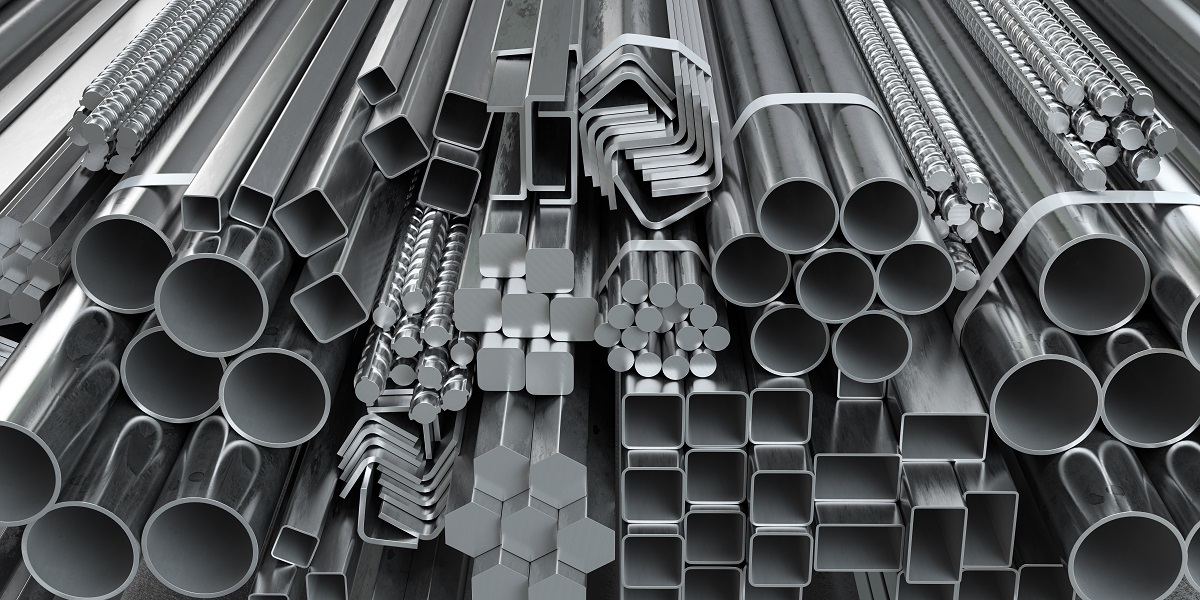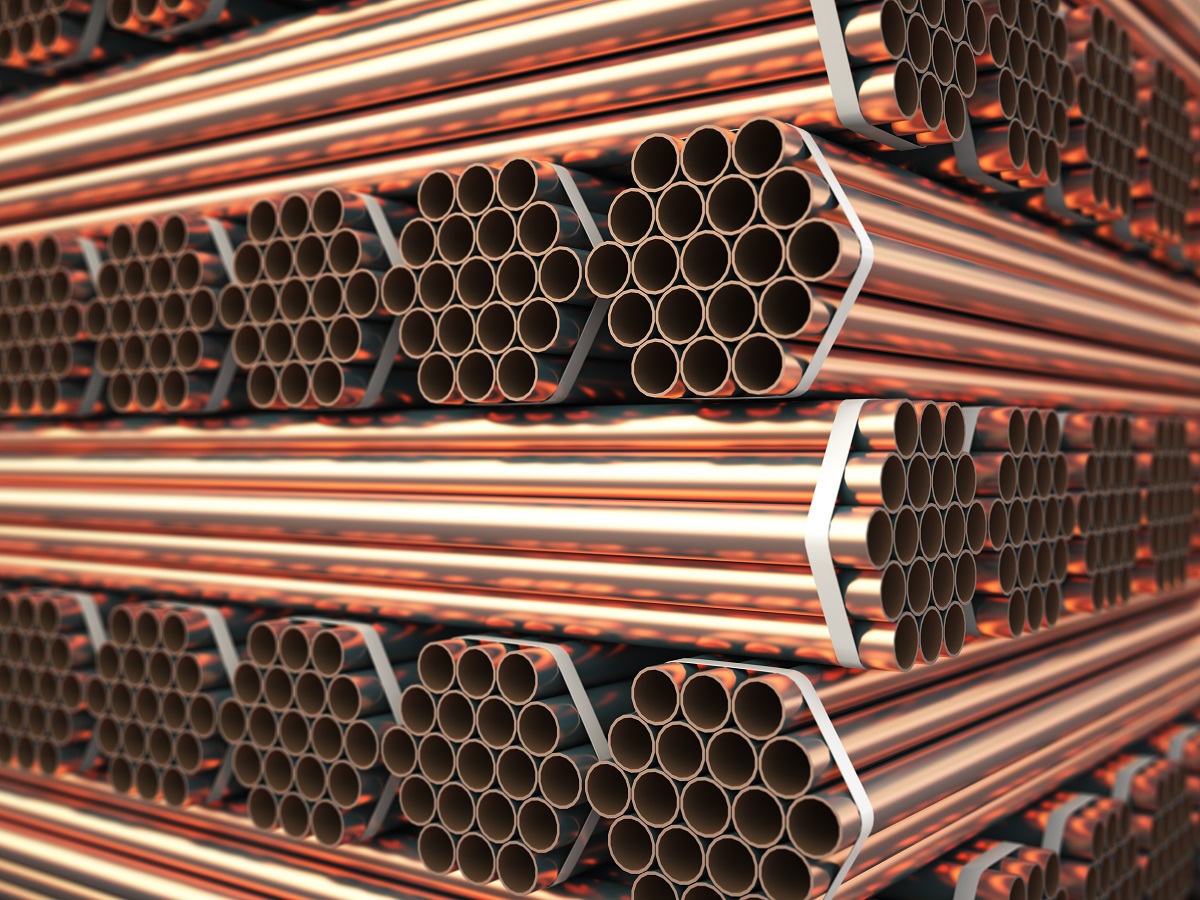
Differences Between Pipe and Tubes
What are the differences between pipes and tubes?
- Shape
- Size
- Thickness
- Material
- Application
- Production Process
Most people use the terms pipe and tubes interchangeably when they’re probably referring to different things. If you’re purchasing materials for your next construction project or are specifically asked to get one or the other, not knowing the difference between a pipe and tube can be costly! It can also lead to downtimes and miscommunication problems. If you’re interested to know which is which, you can keep on reading to learn more.
Shape
You’re probably thinking, aren’t pipes and tubes both round in shape? This is the most common misconception for most people. Pipes are always manufactured to be round but tubes can be rectangular, square, and oval, and round.
That’s why the next time someone asks you to purchase a pipe, you can stay away from that square tube. Other than that, if someone requires your assistance when looking for tubes, ask them what shape they need.
Size

If you’re comparing the size of a pipe and a tube, the former is typically available in larger variants because they’re used in larger applications. Compared to that, tubes are mainly used for connections where small diameters are needed. Pipes are also measured by the diameter, which is known as the nominal pipe size (NPS) or nominal diameter (DN). This refers to the approximate measurement in inches.
For tubes, the measurements used are the outside diameter (OD). This refers to the actual size of the tube.
Thickness
Other than the size of the pipes and the tubes, you will also encounter terms that refer to the thickness of the walls. For pipes, this will be called the schedule. As the number gets bigger, this also means that the thickness of the pipe wall also increases. For galvanized and black iron pipes, you will most commonly see Schedule 40 measurements. But there are also options for Schedule 80 and 160 for red-painted pipes.
For tubes, the wall thickness is measured in millimeters and inches. A tube will have the same outside diameter even with varying wall thickness.
Material

When it comes to the material of pipes and tubes, the former is more rigid. It requires special equipment before it can be reshaped. Compared to that, tubes can be shaped easily. Pipes also have plain, screwed, and beveled edges while tubes have threaded ends.
If you’re shopping for pipes, a wide range of materials are available in the market. The most popular are black iron and galvanized iron pipes. The latter is galvanized to add a layer of protection on the surface and help lengthen the life expectancy of the pipes. This also gives them a strong resistance against rust. Other than these, copper, brass, cast iron, and PVC materials can also be seen in the market. Tubes are also sold in both metal and plastic types.
Application
The measurement of pipes and tubes plays a big role in their application. For example, for healthcare institutions, the outside diameter should be precise because they’re going to be used for medical devices. They can also be telescoped so adjustments are also possible. This is seen in standing desks, camera tripods, and shower curtains.
On the other hand, the inside diameter of the pipe matters because it is typically used for plumbing—both in supply and drainage. It is also chosen to transport fluids and gases inside a facility, so knowing the capacity is vital. Because of this, pipes are also pressure-rated. Other than that, these are also seen in industrial, structural, architectural, safety and recreation applications.
Production Process

Pipe manufacturers are equipped with the right machines and processes to make products continuously available in the market. From the manufacturing of the pipes to coating them with galvanized protection—the process is efficient. Because of this, you can expect your orders to be delivered faster. With this in mind, pipe products are also tested and inspected for quality through hydro-testing procedures, destructive tests, and non-destructive tests.
For tubes, the manufacturing process tends to be more time-consuming and labor-intensive. For this reason, you might need to order in advance so your deliveries will come on time. Just like pipes, tubes are also inspected thoroughly for quality.
Key Takeaway
Now that you know the difference between a pipe and a tube, you can purchase them properly from a supplier! This helps you prevent mistakes and also makes it easier when shopping for materials. Other than that, knowing the distinction can also help you understand special measurement terms such as schedules, nominal pipe size, and outside diameters.
If you’re interested in purchasing steel pipes for different applications, you can contact Supreme Pipe. We can help you in choosing the right diameter, wall thickness, and size of pipes you need for your next project. We offer black iron, galvanized iron, red-painted pipes, and steel pipes for special applications. Click here to send a message today!


